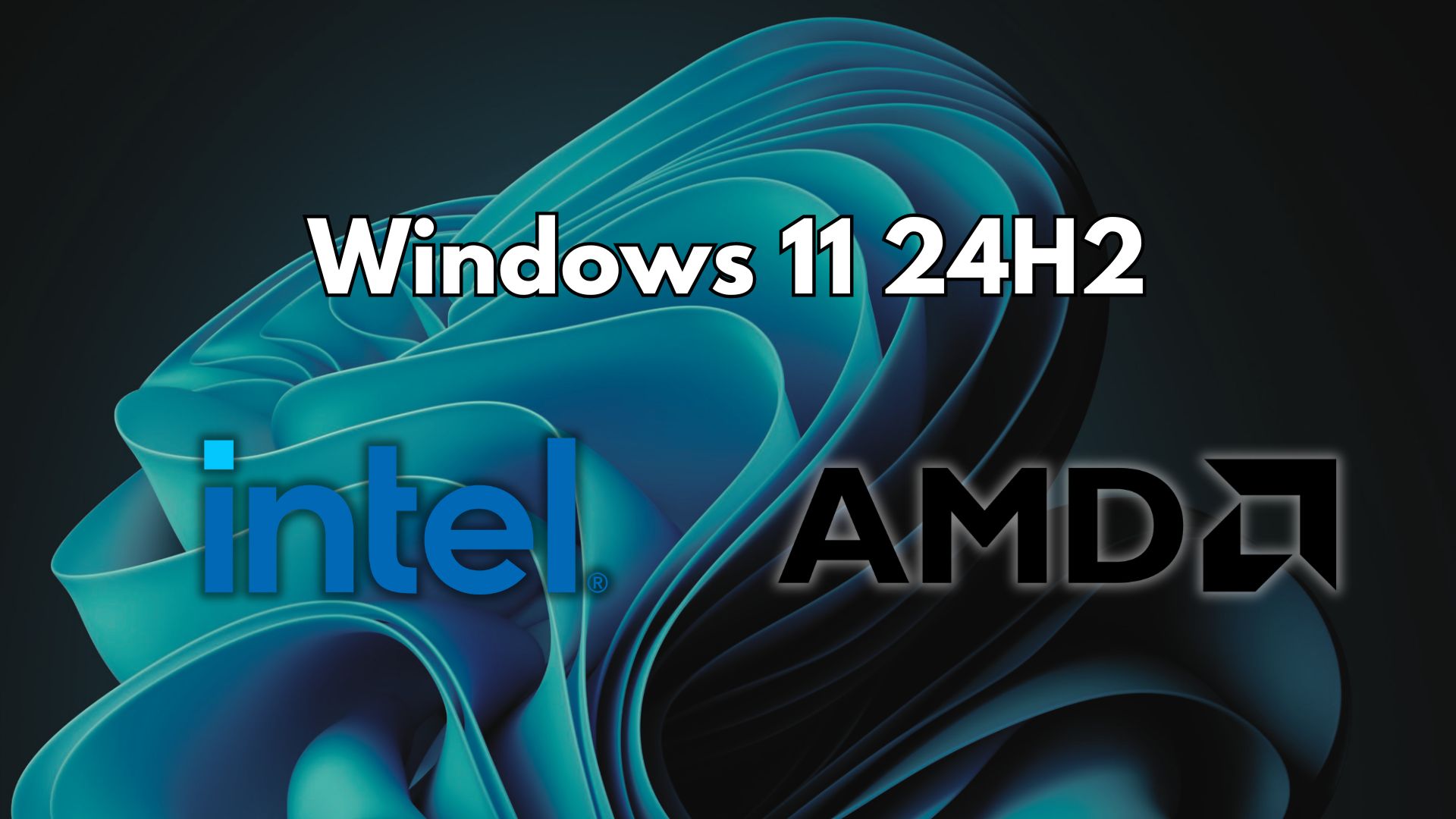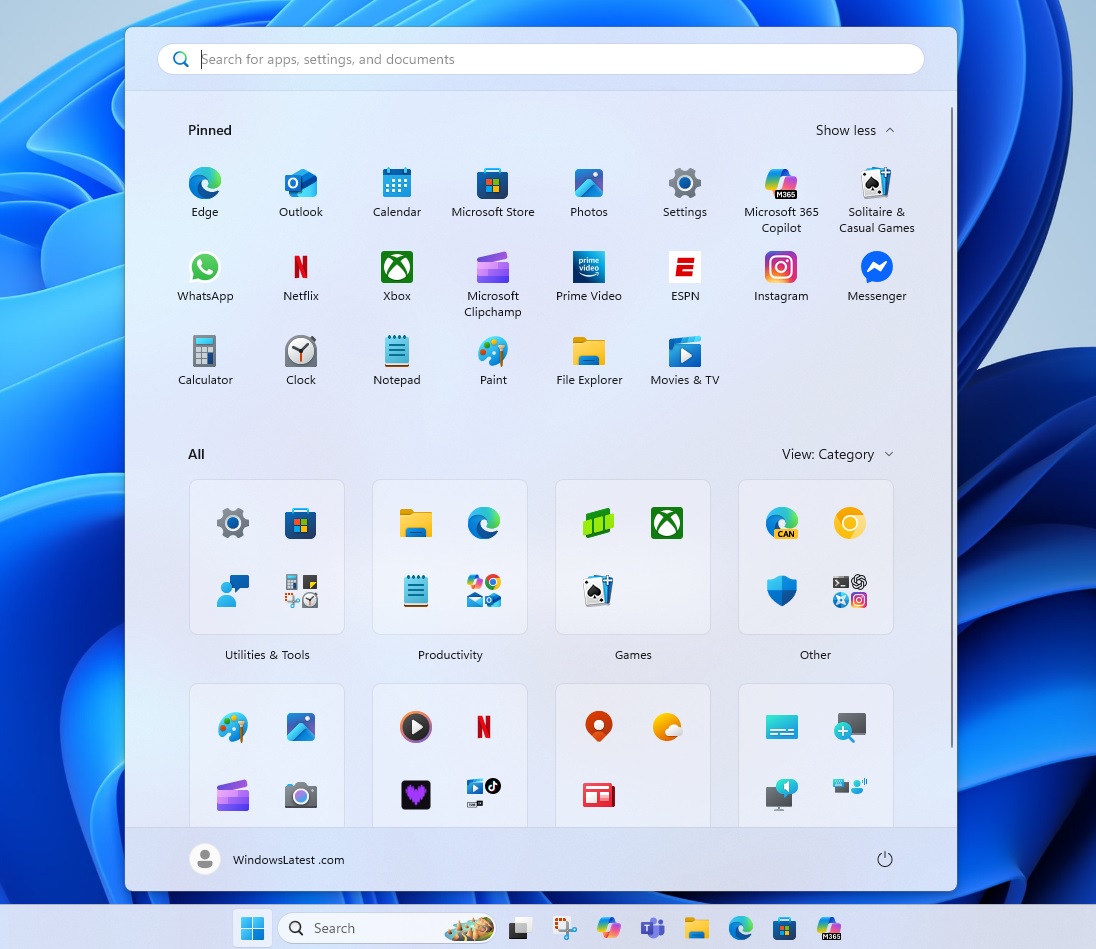The last few Windows 11 releases have significantly improved the quality of drivers, and the trend is going to continue with version 25H2. In a support document, Microsoft confirmed that Windows 11 25H2 is stepping up the drivers approval and quality. It tightens the requirements, which were originally introduced with 24H2 in 2024.
Microsoft says drivers now need to be scanned with CodeQL and pass all Must‑Fix queries. CodeQL was developed by Semmle and later acquired by Microsoft in 2019. According to GitHub’s documentation, Semmle added a “revolutionary semantic code analysis engine,” which can now be used by OEMs to test Windows drivers.
Since Windows 11 24H2 and continuing with 25H2, every kernel‑mode driver (except graphics, for now) needs to be scanned with CodeQL before it can be signed or certified for the operating system. As a developer or OEM, you can run CodeQL on your source, collect the results in a Driver Verification Log (DVL) and copy that DVL to your test PC.

The Static Tools Logo Test, part of Microsoft’s HLK and powered by CodeQL results, makes sure that the driver’s scan results match the driver itself by checking its signature and the DVL, which avoids false hits on inbox drivers.
All of this sounds technical and mostly irrelevant to end users like you and me, but Windows Latest understands that it will benefit everyone.
While OEMs get more clarity over what Microsoft really wants when they say “quality” and certified drivers, you will have access to more stable drivers. Like I mentioned, Microsoft is forcing OEMs (or enforcing might be the right term) to use CodeQL, which has a concept of “must-fix.”
The must-fix queries flag issues with drivers, and OEMs must clear the problems before the driver hits the inbox store (eventually rolls out to one of your devices). I noticed that CodeQL flags several issues, which include buffer overruns, use‑after‑free, and unvalidated input, before the driver ever ships.
Windows 11 25H2’s stricter driver policy won’t change anything dramatically. I personally don’t think Windows drivers are in a terrible state, but there are several isolated cases where some of you get the Blue Screen of Death. In addition, Windows 11 feature upgrades and driver compatibility issues are more common.
Also, another notable change is that every vendor now gets CodeQL as the baseline, so they must ensure drivers meet the requirements and clear flags. If it goes according to Microsoft’s plan, bad drivers will be either rejected or devs will be asked to resubmit after fixes.
All of these changes will take several months to reflect, and devs who target Windows 11 25H2 or newer will be required to meet this new requirement. Also, graphics and user‑mode drivers are optional, which means Windows certification test does not enforce CodeQL yet, so gaps remain.
Windows 11 25H2 arrives this fall

Windows 11 25H2 is a minor release, and it’s supposed to be shipped as an optional “enablement package” based release initially. This means it would be less than a megabyte in size, and newer cumulative updates will already ship with all Windows 11 25H2 features, but they’ll be in a disabled state.
Once you download the Windows 11 25H2 enablement package, features will automatically get turned on.
Windows 11 2025 Update is expected to ship in October 2025 with a new Start menu out of the box, a new feature that throttles the CPU to reduce power consumption and tons of bug fixes.
The post Windows 11 offers stable and better system drivers, version 25H2 tightens rules appeared first on Windows Latest
Source: Read MoreÂ
